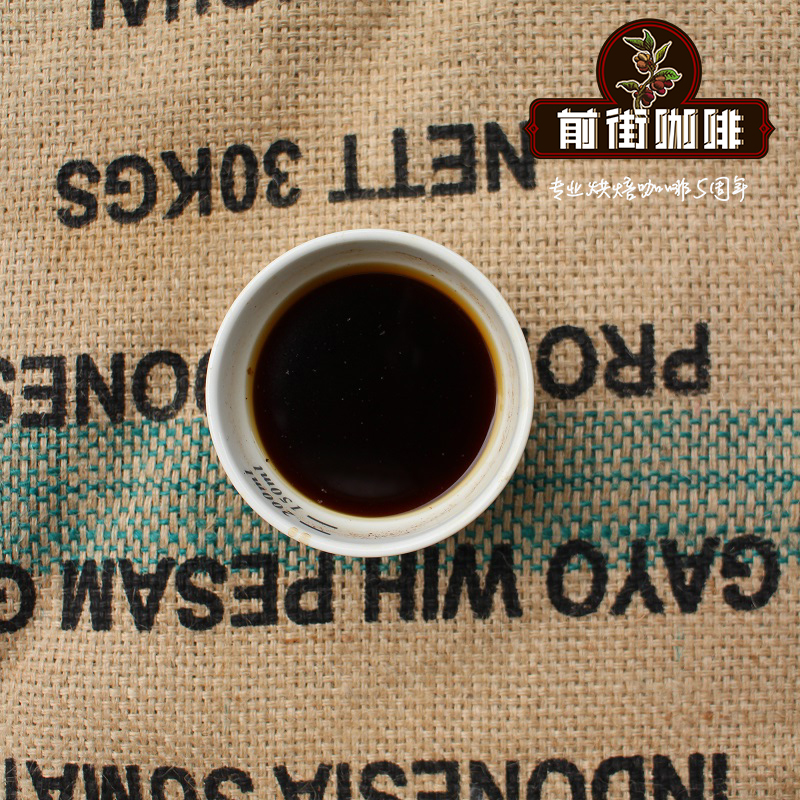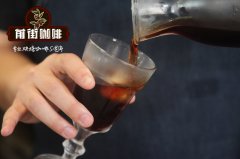How did the Indian wind stain treatment come from? What are the characteristics of Malaba coffee?

Professional coffee knowledge exchange more coffee bean information please follow the coffee workshop (Wechat official account cafe_style)
It is said that a long time ago, during the shipping of raw coffee beans from India to Europe, the raw beans were affected by the high temperature and moisture in the Indian Ocean. This is the origin of the "wind stain." In addition to the expansion and enlargement of the size of the raw beans after the wind stain, the color has also changed from emerald green to golden yellow. The brewed coffee is said to taste mellow and has a unique taste, which has become a feature of Malaba coffee in India.
Later, "wind stains" became a special treatment of coffee beans.
In May or June every year, monsoon phenomena begin to appear in southwestern India, so when coffee beans are harvested, they are specially placed in the moist southwest monsoon "wind stains", making use of the moisture and hot weather in the Indian Ocean to stain coffee beans. After the monsoon blowing for 16 months in 4UV, the coffee beans are swollen and enlarged, and the color changes from green to golden yellow. The acidity of beans is also reduced, which is Monsooned Malabar wind-stained Malaba, also known as monsoon Malaba.
How should Indian Malaba coffee be roasted?
Because this coffee belongs to the general density of beans, Qianjie coffee is recommended to roast medium firepower to climb steadily, turn yellow point at about 4 minutes and 50 seconds, then reduce firepower to open the throttle and enter Mena reaction, when an explosion, open the throttle, maintain firepower, the temperature is about 184.4 ℃, 2 minutes and 30 seconds after an explosion.
Qianjie coffee is recommended to brew Indian monsoon Malaba coffee by hand.
Degree of grinding: 4 (Fuji R440)
Water temperature: 83 °C
Kono filter cup, 17 grams of powder, water temperature 83 degrees, grinding 4, water powder ratio close to 1:13
Technique: steaming with 30 grams of water for 30 seconds
Segment: water injection to 120g cut off, slightly larger water injection to 221g
The total extraction time is 1:50-2 minutes.
Qianjie coffee: Guangzhou bakery, the store is small but a variety of beans, you can find a variety of unknown beans, but also provide online store services. Https://shop104210103.taobao.com
Important Notice :
前街咖啡 FrontStreet Coffee has moved to new addredd:
FrontStreet Coffee Address: 315,Donghua East Road,GuangZhou
Tel:020 38364473
- Prev

Iced American coffee, de-iced! "No ice. Take the ice and leave half a glass! "
Although iced American coffee is the most common iced coffee, it is not as simple as concentrated + water + ice as you think Why? Because the order is out of order! It has been mentioned before that adding water to concentrate is Americano, adding concentration to water is Long Black, and direct long extraction is called lungo in the United States. According to espresso, there is only one way to make iced American coffee, which is concentrated on ice or on ice.
- Next

What are the characteristics of Indian style-stained coffee? Is the Indian Malaba coffee good?
Professional coffee knowledge exchange more coffee bean information Please follow the coffee workshop (Wechat official account cafe_style) in the early years, Indian coffee was transported by sea from the coast of Malaba to Europe, which often took about six months to arrive in Europe. In the long process of shipping, under the influence of sea breeze and monsoon, these coffee beans gradually develop their flavor and color.
Related
- Beginners will see the "Coffee pull flower" guide!
- What is the difference between ice blog purified milk and ordinary milk coffee?
- Why is the Philippines the largest producer of crops in Liberia?
- For coffee extraction, should the fine powder be retained?
- How does extracted espresso fill pressed powder? How much strength does it take to press the powder?
- How to make jasmine cold extract coffee? Is the jasmine + latte good?
- Will this little toy really make the coffee taste better? How does Lily Drip affect coffee extraction?
- Will the action of slapping the filter cup also affect coffee extraction?
- What's the difference between powder-to-water ratio and powder-to-liquid ratio?
- What is the Ethiopian local species? What does it have to do with Heirloom native species?

